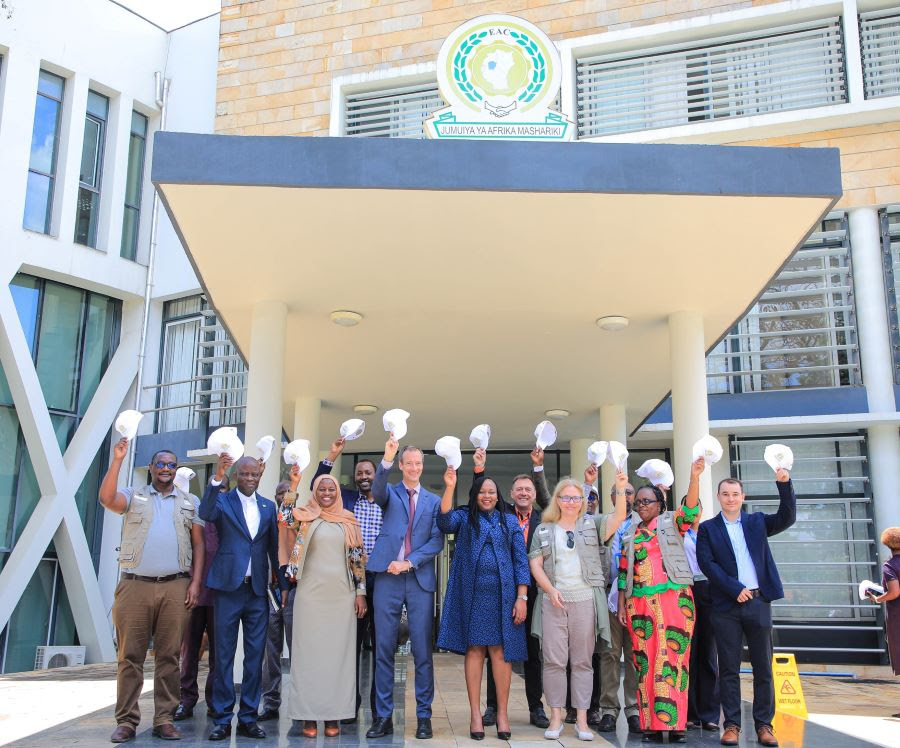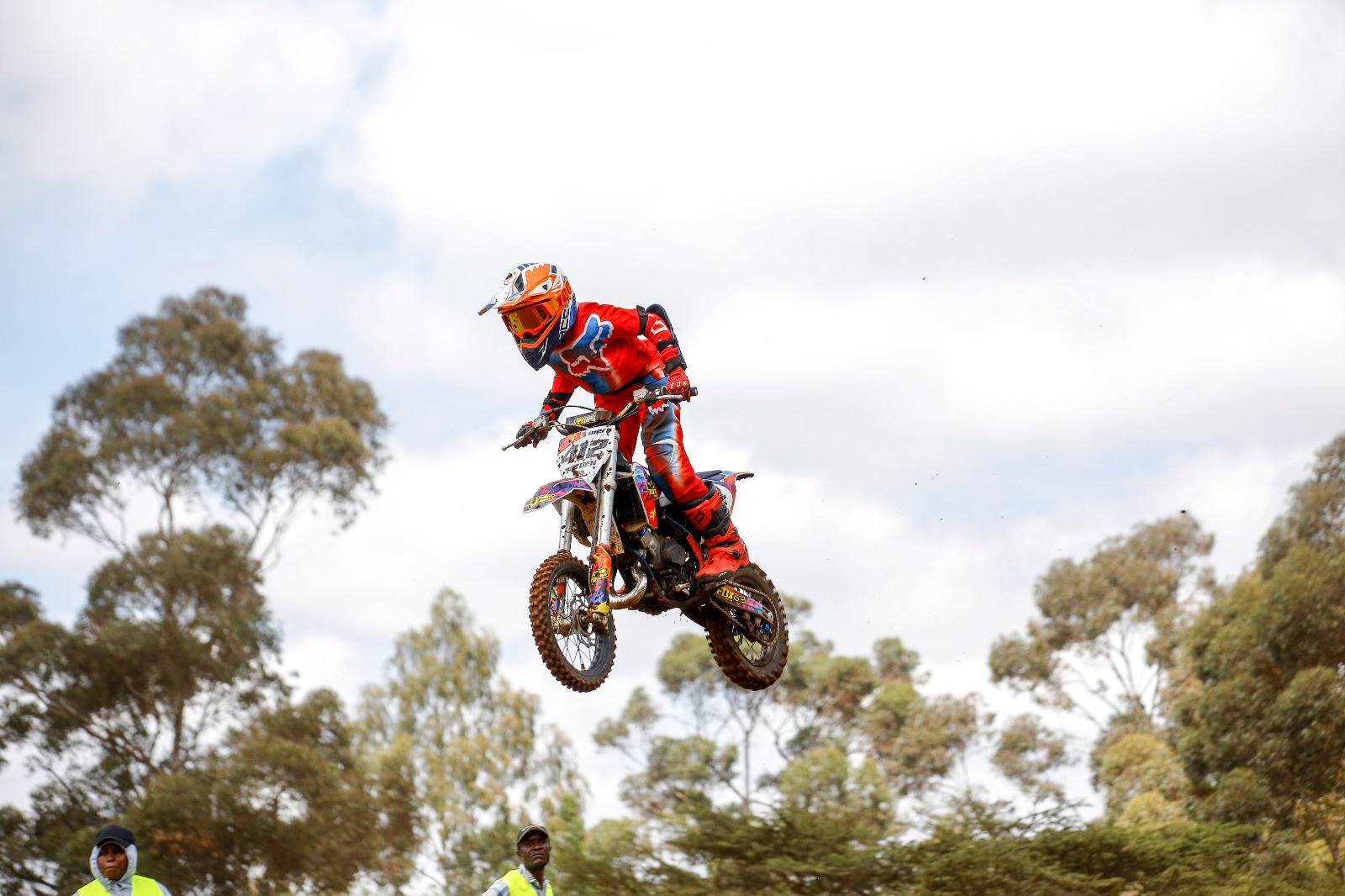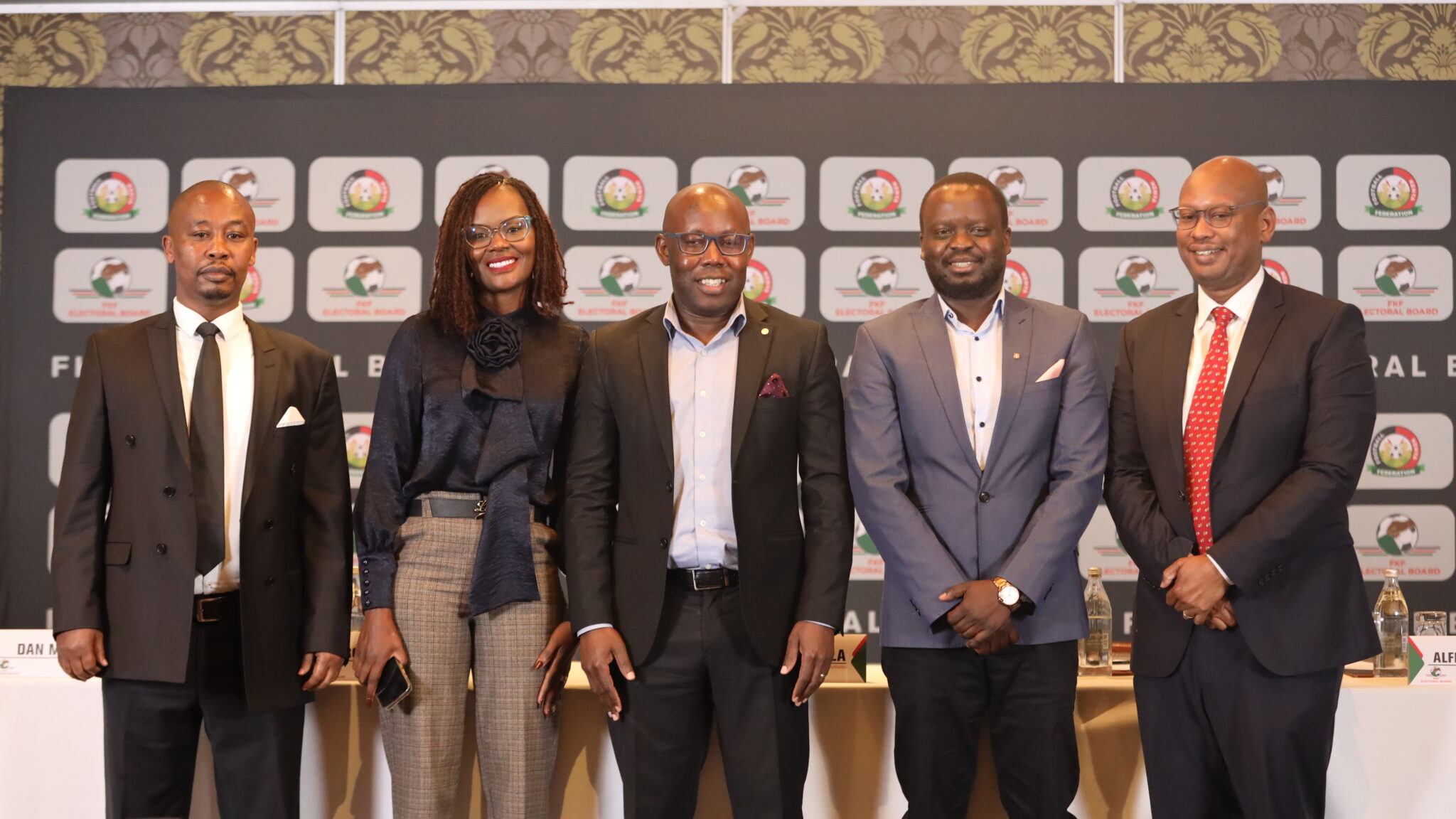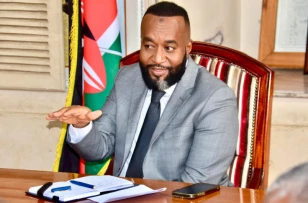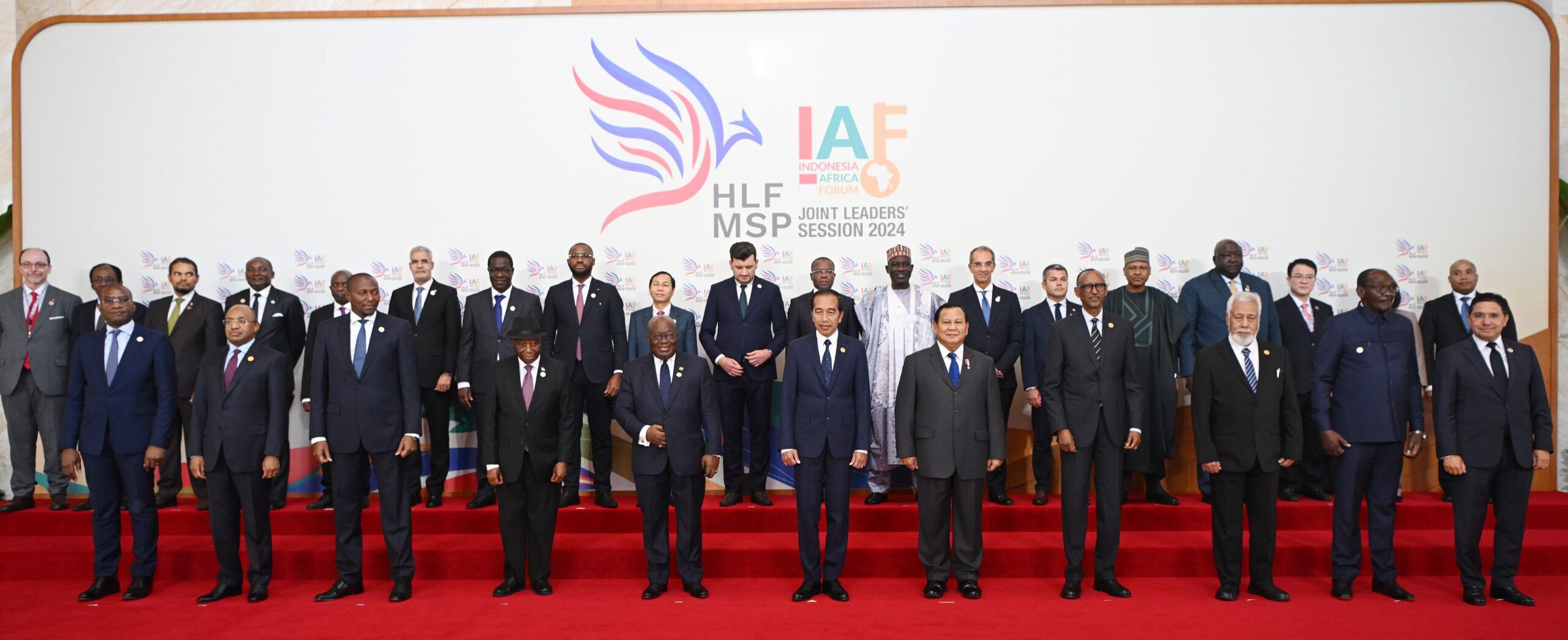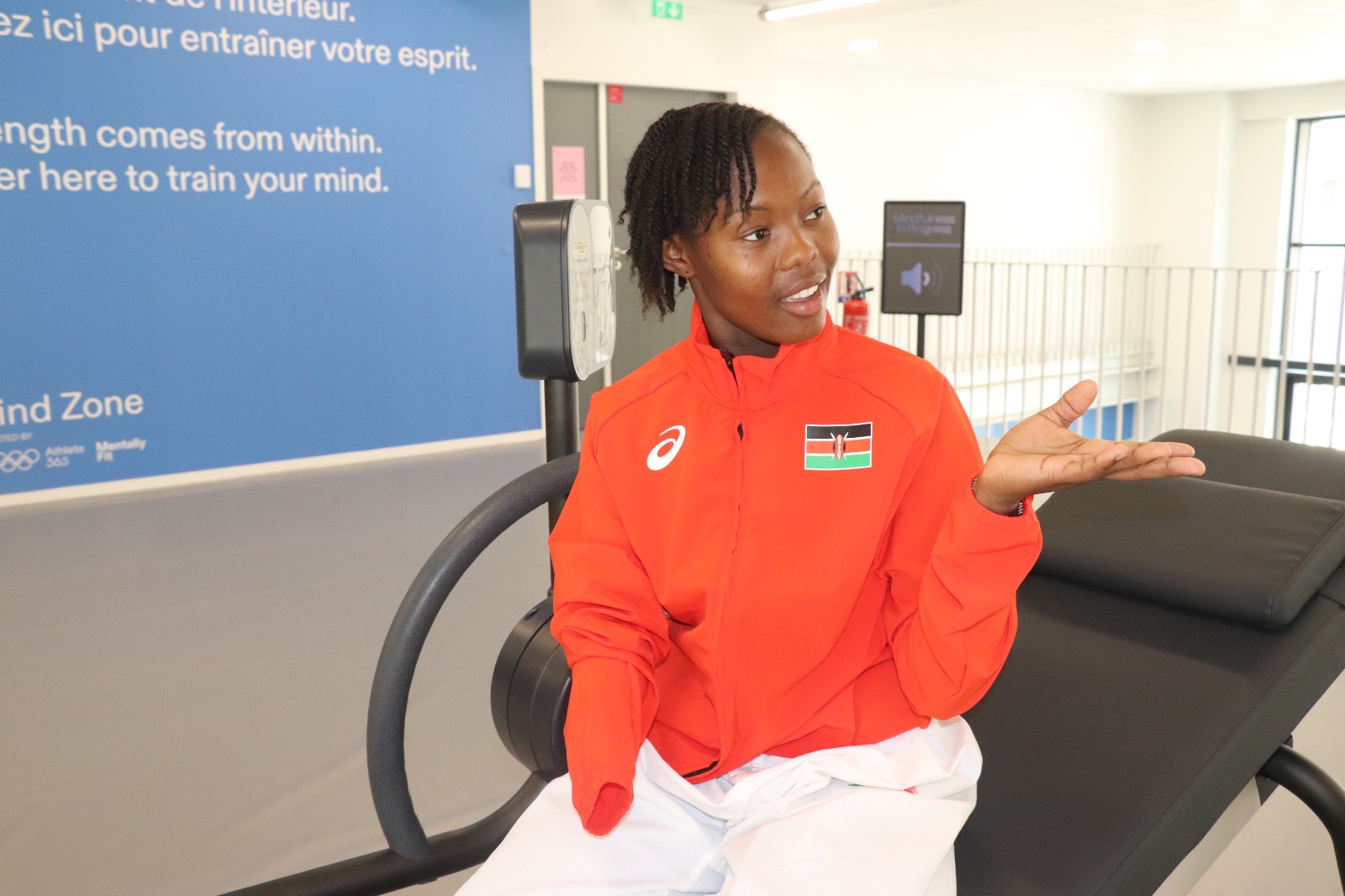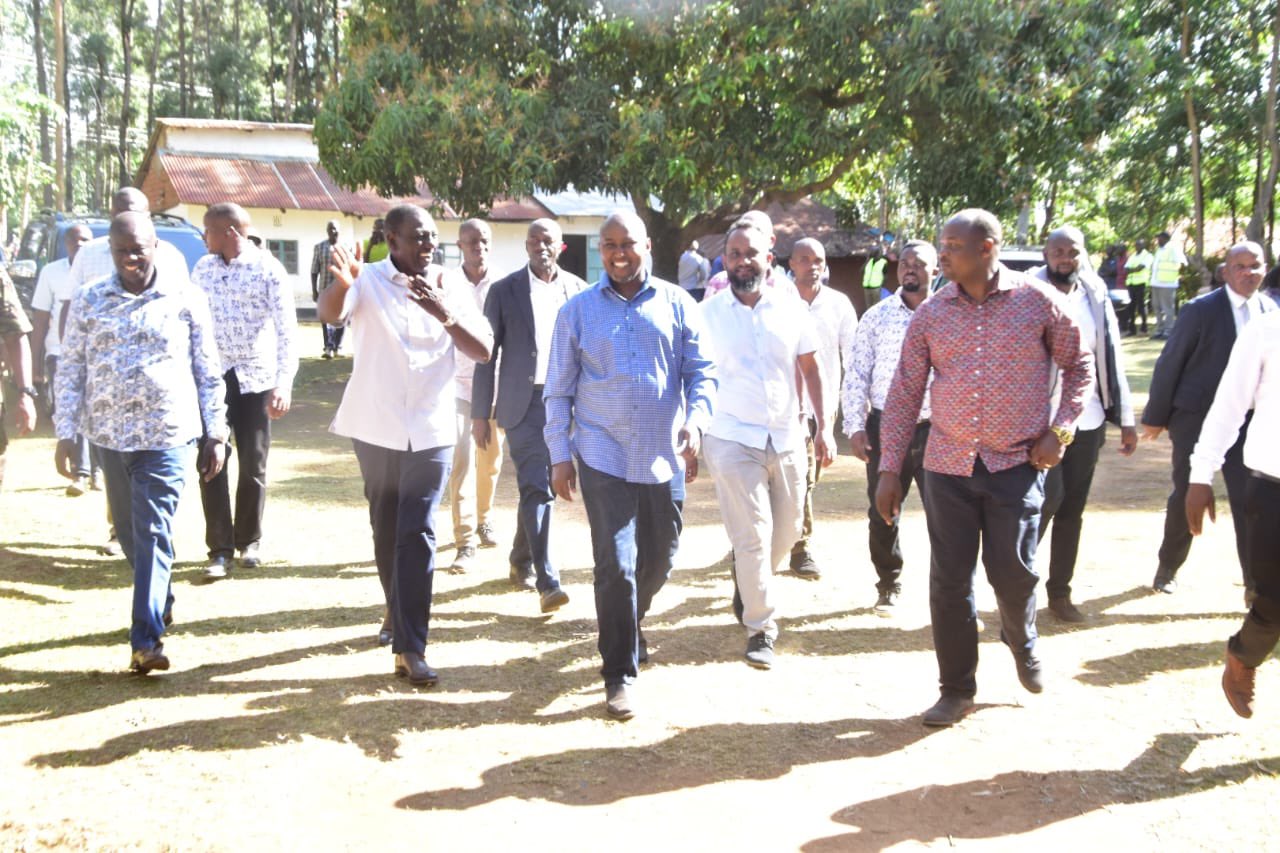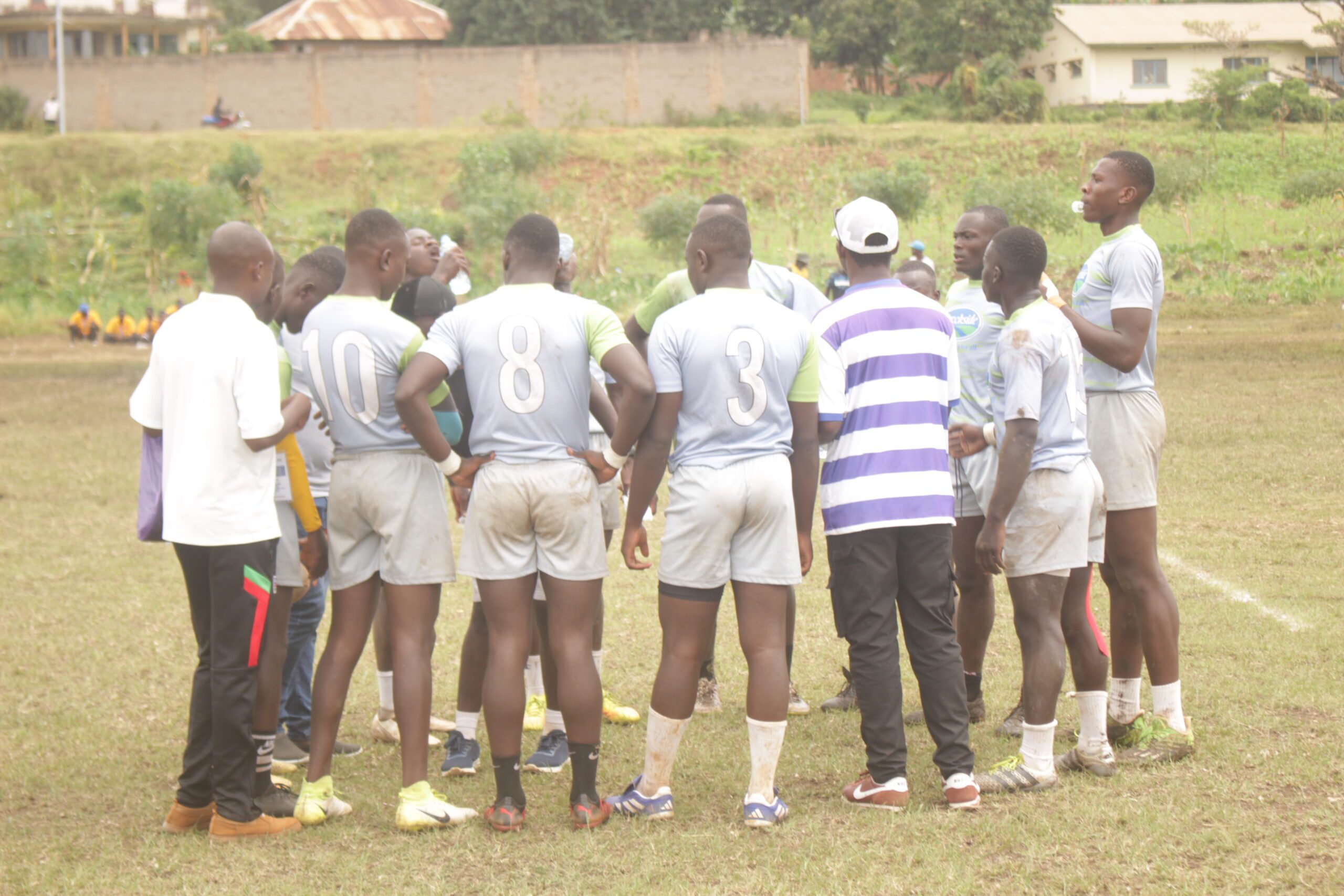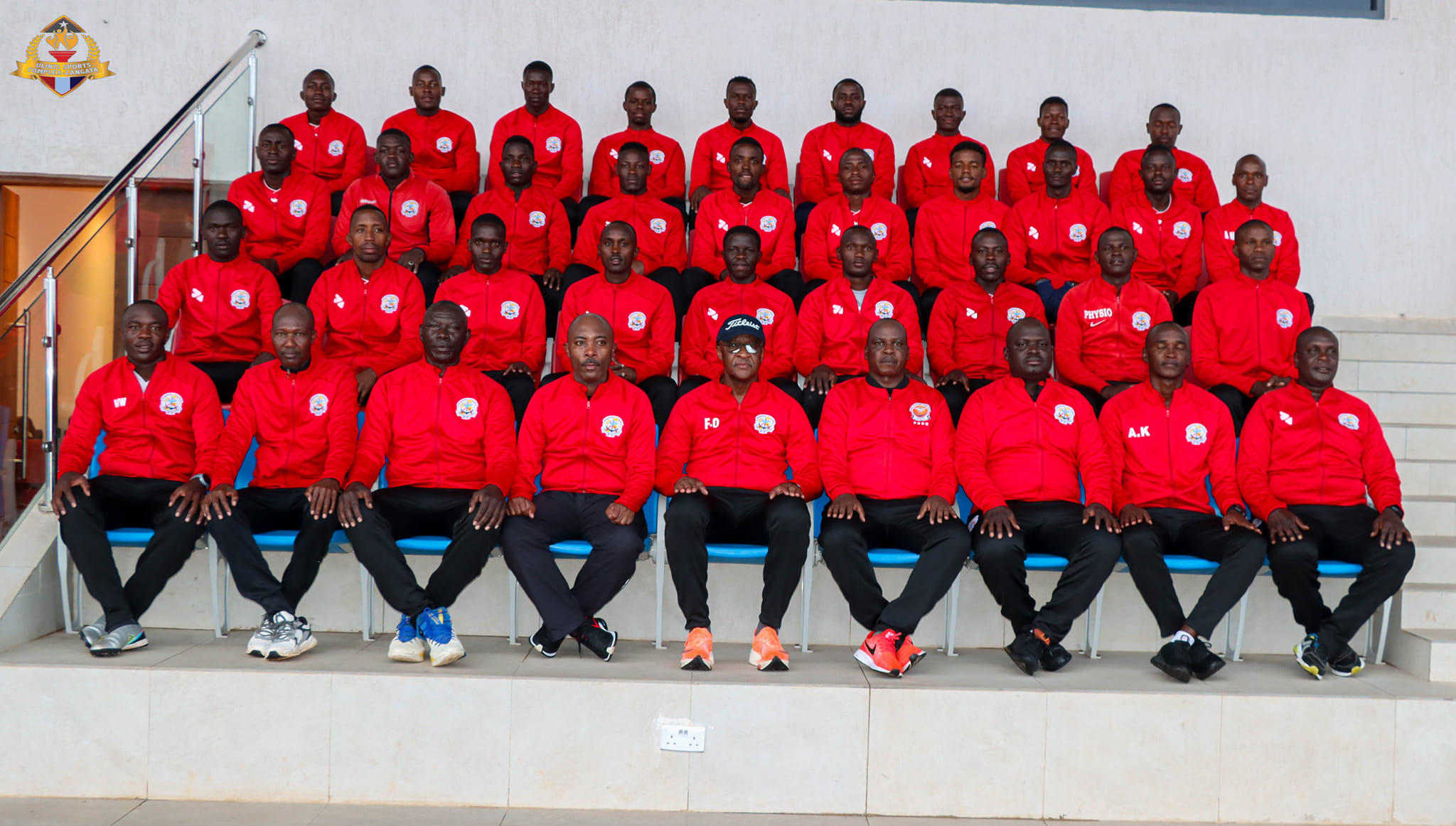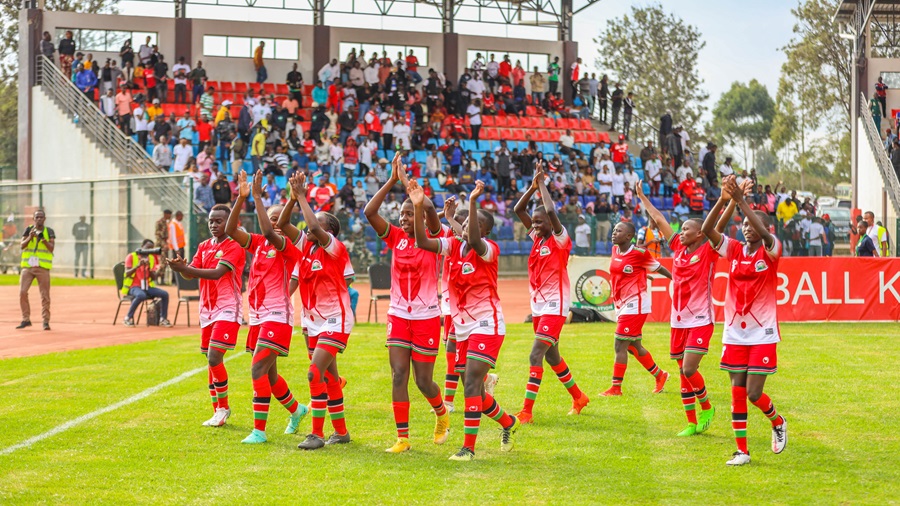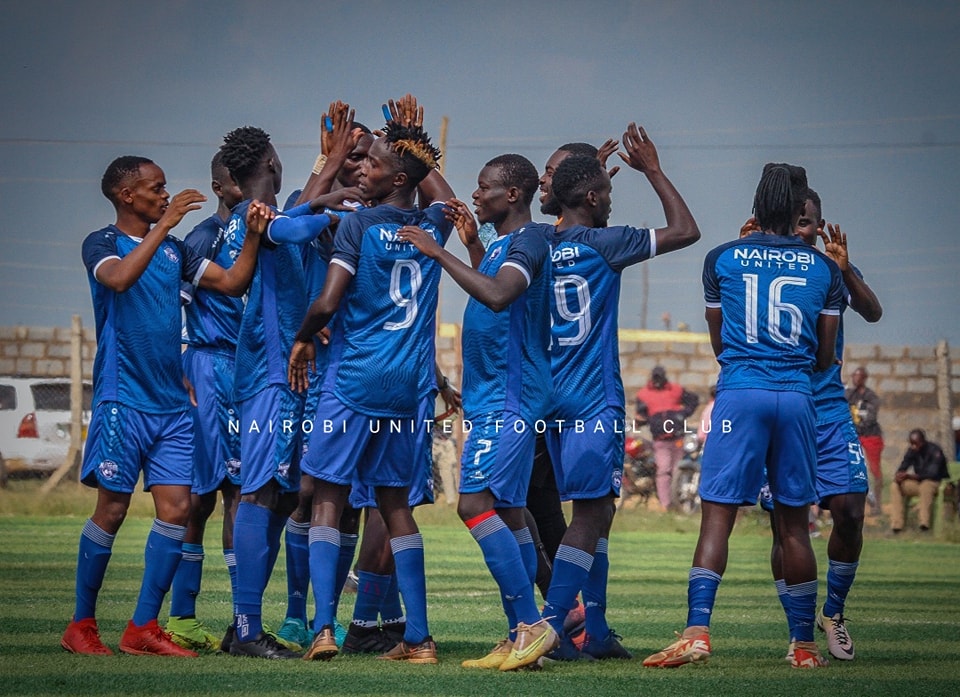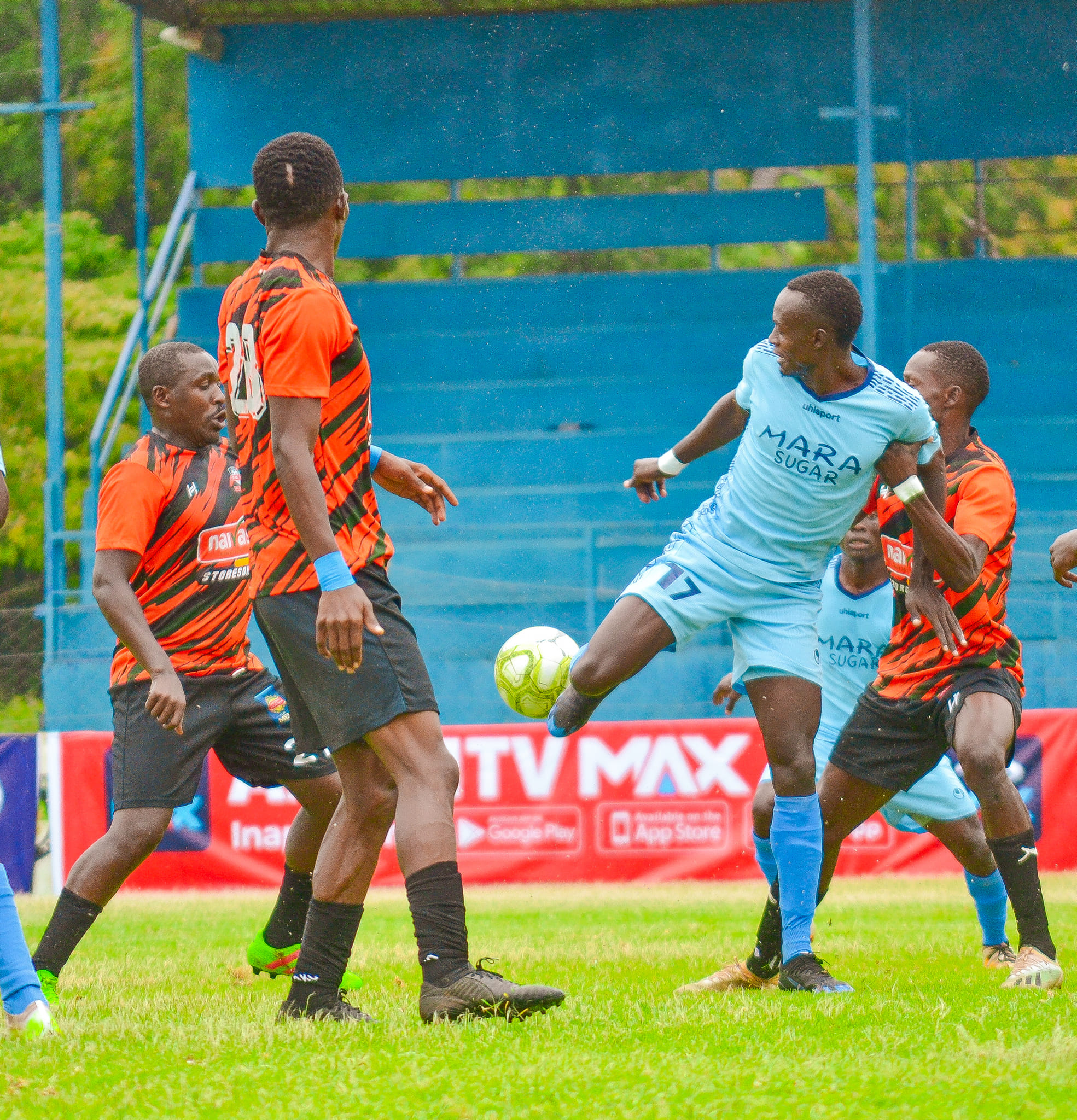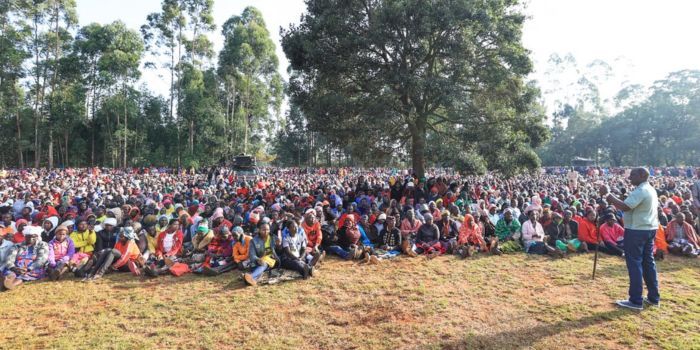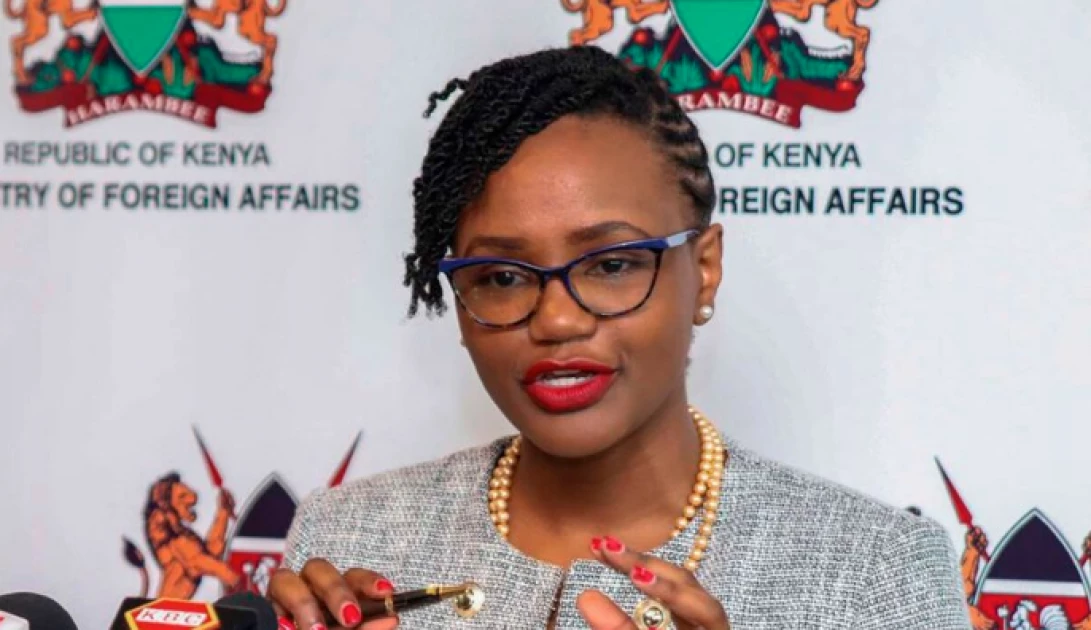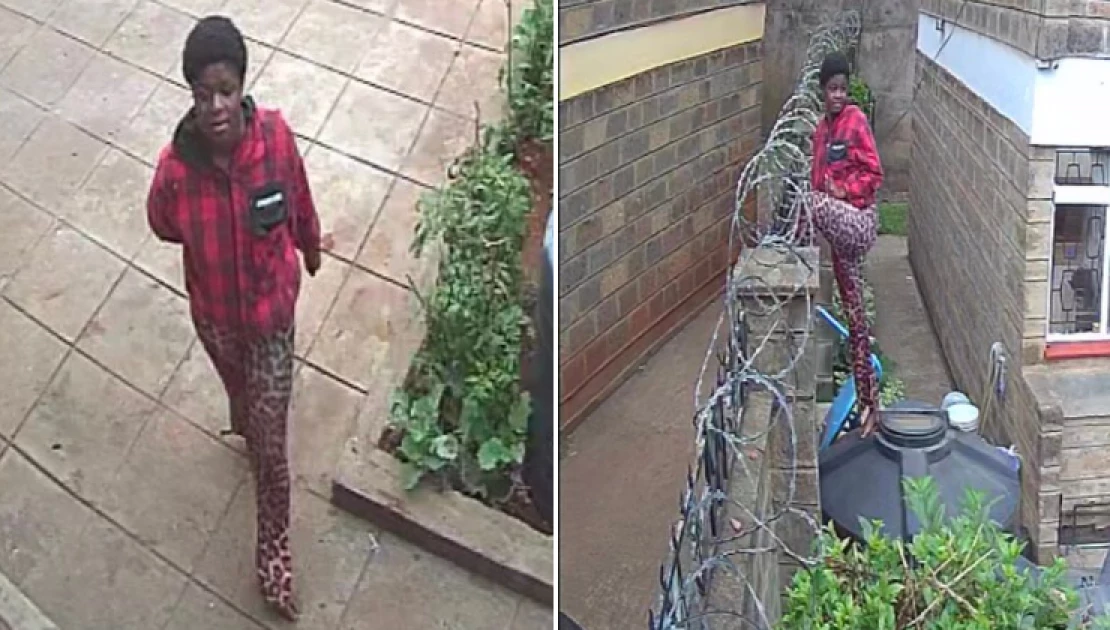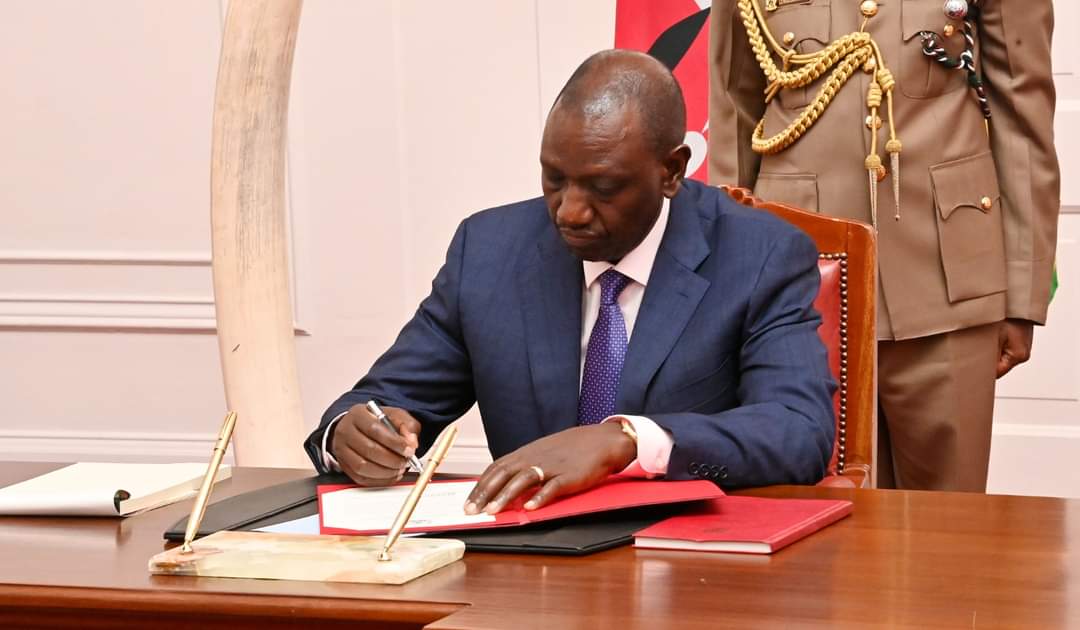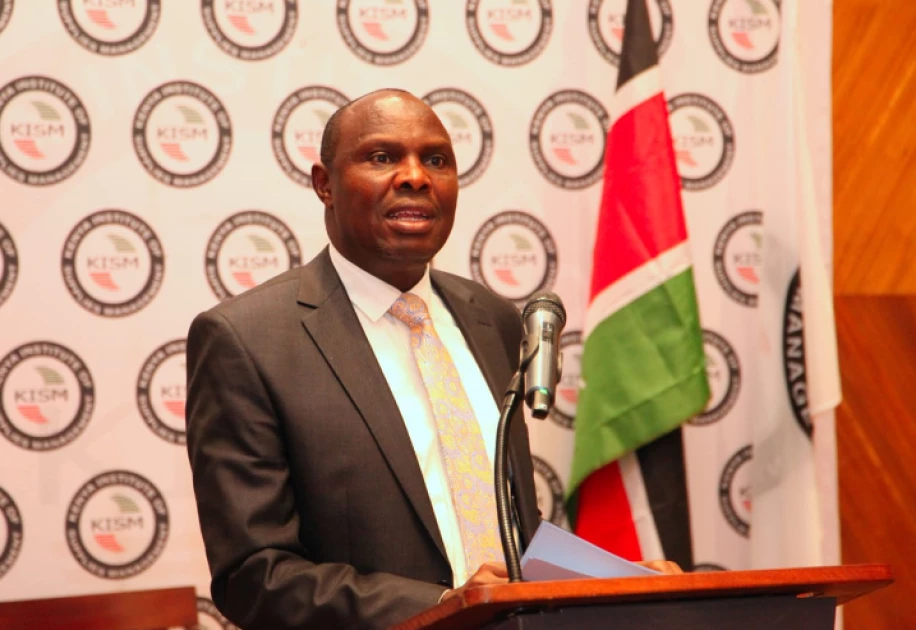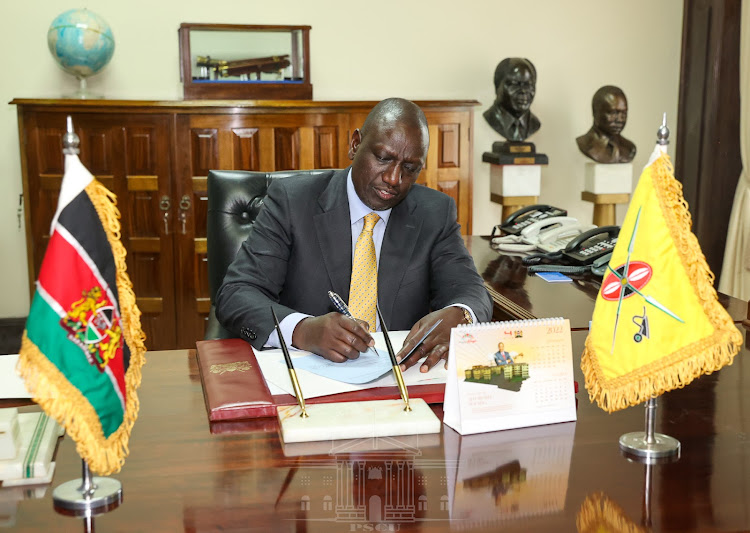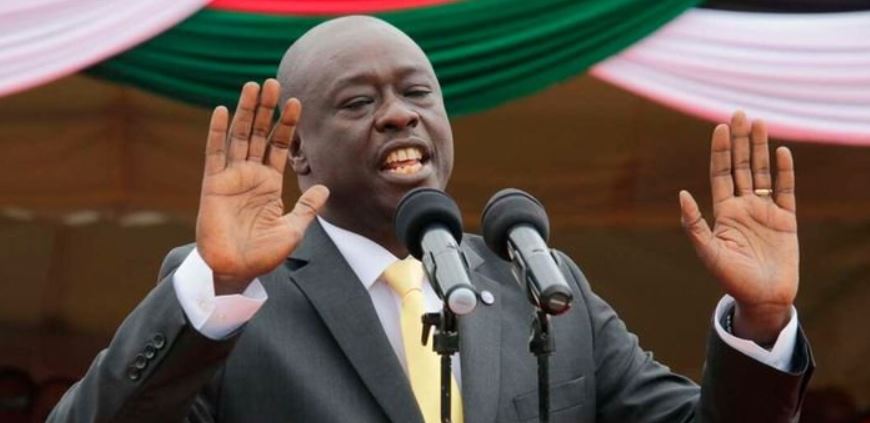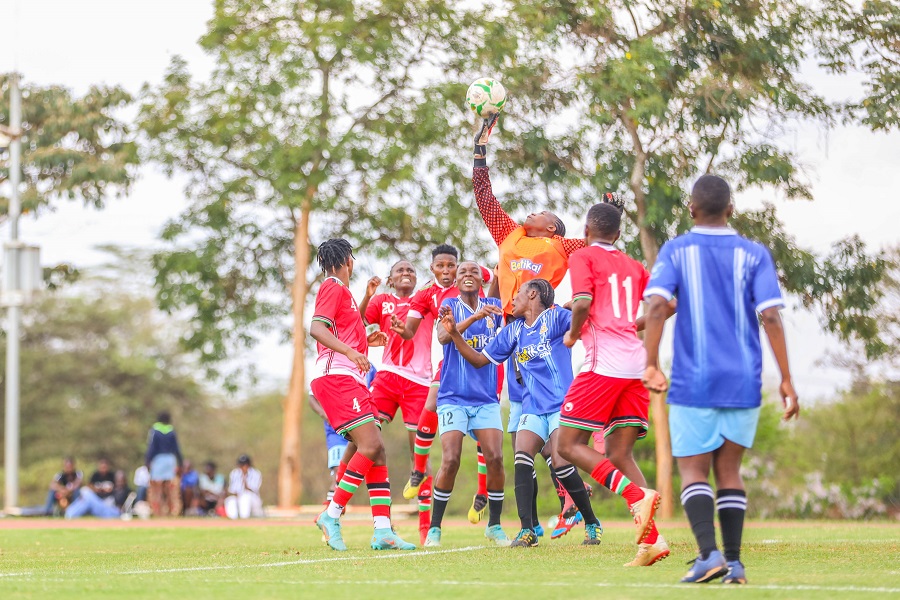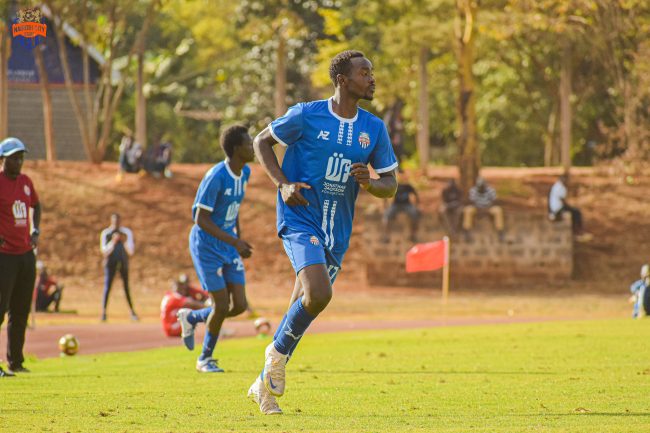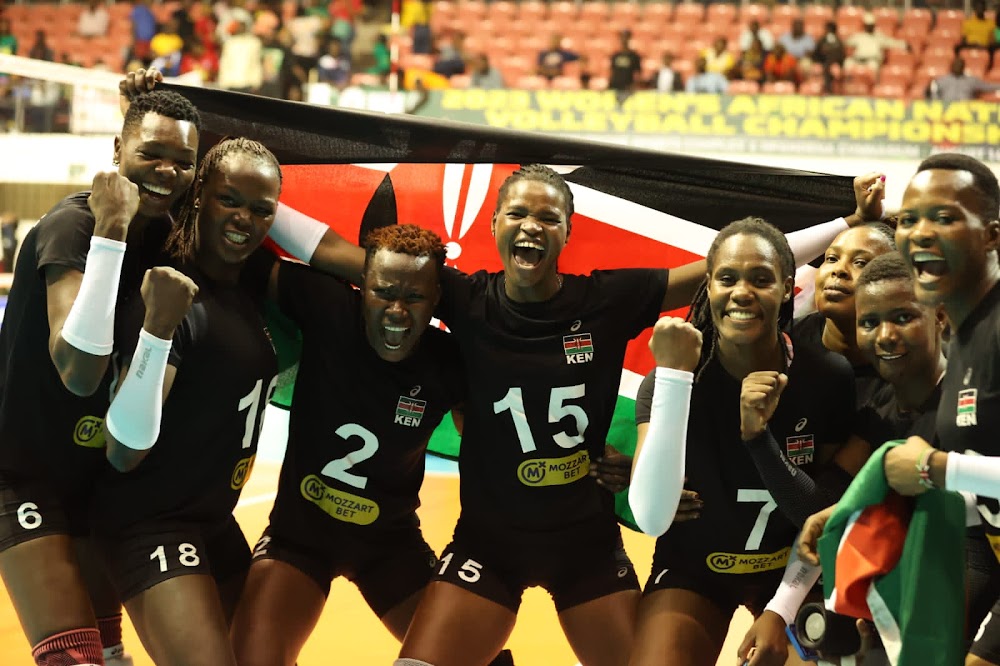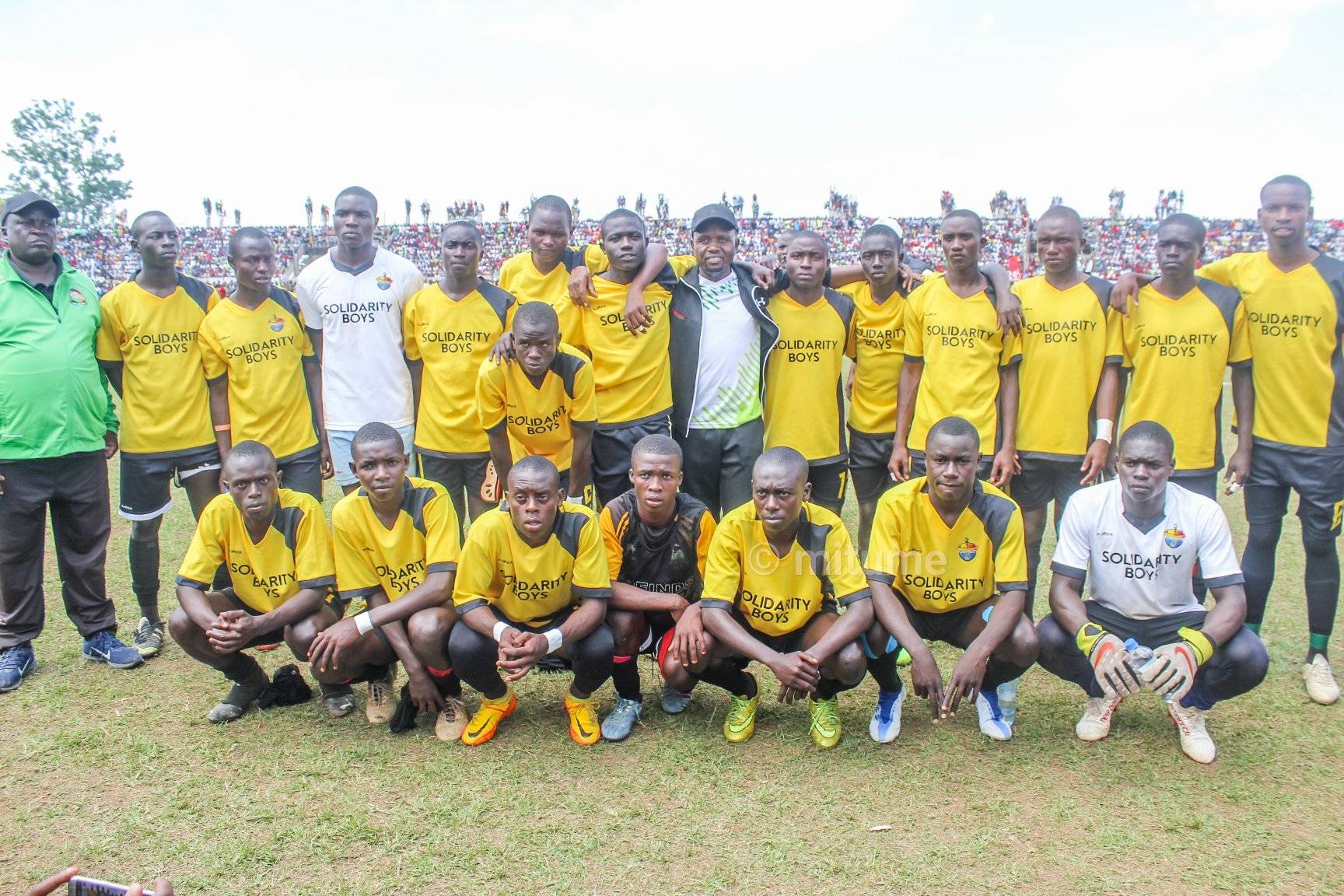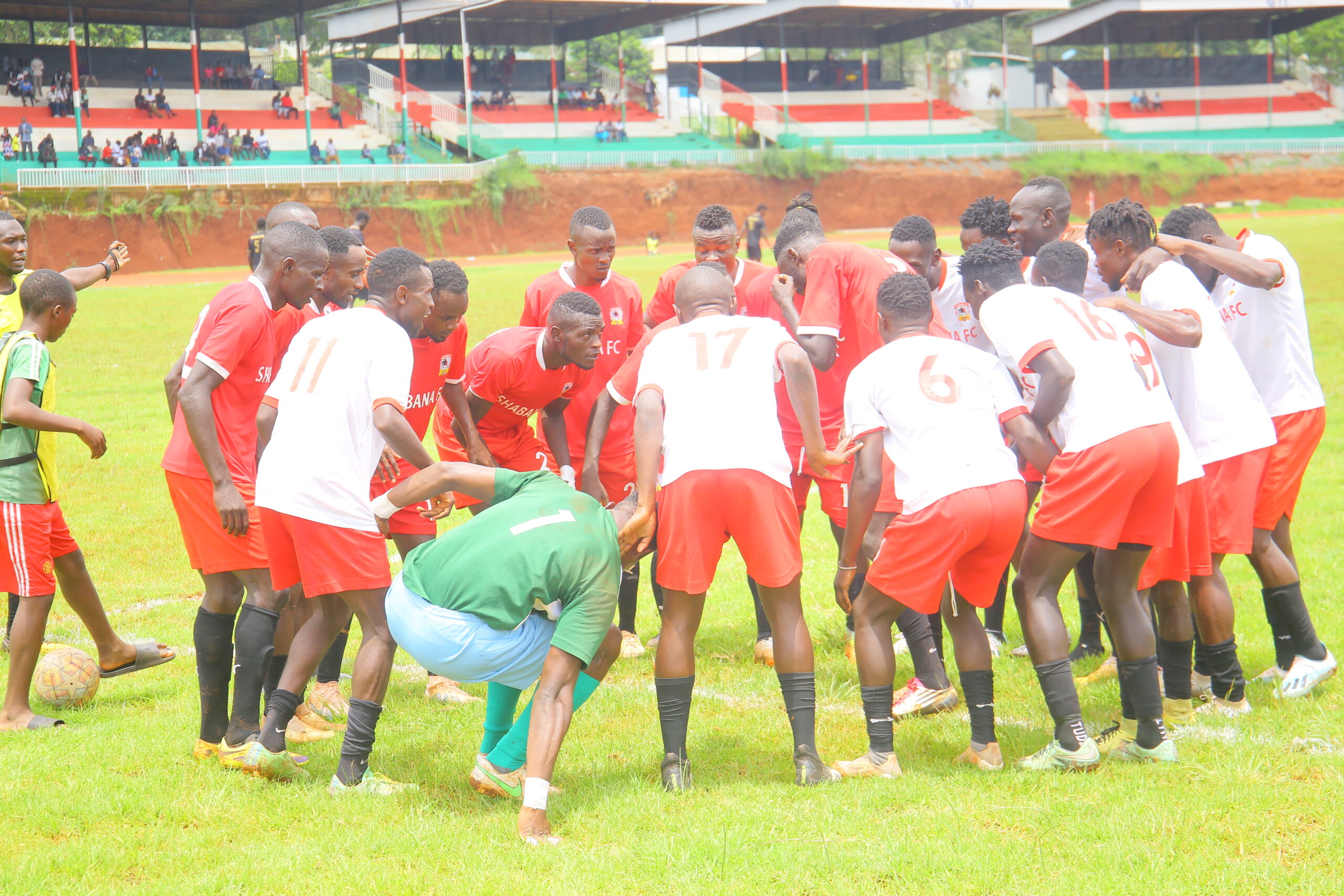

By OUR CORRESPONDENT
Kenya’s commitment to wildlife conservation reached a significant milestone on Wednesday as the Ministry of Tourism and Wildlife, in collaboration with the Kenya Wildlife Service (KWS) and conservation partners, launched an ambitious rhino ear-notching and transmitter fitting exercise within the Tsavo West Intensive Protection Zone.
The event was presided over by Cabinet Secretary for Tourism and Wildlife, Rebecca Miano, who emphasized Kenya’s leadership in species conservation.
“This exercise demonstrates our unwavering dedication to safeguarding one of the planet’s most iconic and endangered species—the African black rhinoceros. Today’s efforts will ensure that rhinos continue to thrive for generations to come,” she stated.
“This exercise demonstrates our unwavering dedication to safeguarding one of the planet’s most iconic and endangered species—the African black rhinoceros. Today’s efforts will ensure that rhinos continue to thrive for generations to come,” she stated.
CS Miano highlighted Kenya’s remarkable progress in rhino conservation, revealing that the national rhino population now stands at 1,977 individuals. This includes 1,004 black rhinos and 971 southern white rhinos, alongside two remaining northern white rhinos.
“We are here today to witness an estimable initiative that attests to Kenya’s steadfast commitment to conserve a rare and iconic animal species – the African black rhinoceros. This exercise is a demonstration of our enduring dedication to continue safeguarding our wildlife for the sake of generations to come,” said CS Miano.
The event was attended by Kenya Wildlife Service board of trustees led by the chairman Walter Raria Koipaton and various conservation partners supporting the exercise.
The Tsavo West National Park, home to 178 black rhinos, including 143 at the Ngulia Rhino Sanctuary, is a focal point of these efforts. With support from partners such as the Tsavo Trust, this initiative will see the ear-notching and fitting of transmitters on 20-25 rhinos, enhancing traceability and protection. The exercise will employ cutting-edge technology, including LoRAWAN-enabled tracking devices, which allow near real-time monitoring, improving conservation outcomes.
KWS Director General, Erustus Kanga, emphasized the importance of this initiative, noting that it aligns with the objectives of the Black Rhino Action Plan (2022–2026) and the White Rhino Conservation and Management Plan (2021–2025). He expressed gratitude to the teams on the ground, the field veterinarians, rangers, and monitoring staff whose tireless efforts ensure the survival of rhinos.
“Accurate and reliable data is the backbone of effective conservation strategies,” said Prof. Kanga. “This exercise will standardize monitoring and improve our ability to protect rhinos across vast, challenging terrains like the Tsavo West IPZ.”
The rhino ear-notching process, which involves inscribing unique markings on rhino ears, is a permanent method of identification that aids in monitoring the health and behavior of these animals. The fitted transmitters will provide crucial data on rhino movements, which is vital for making informed conservation decisions and managing rhino populations.
In addition to its significance in rhino conservation, this exercise underscores Kenya’s leadership in global biodiversity goals, climate action through protected ecosystems, and the promotion of sustainable livelihoods for communities coexisting with wildlife. CS Miano called upon the media and all stakeholders to amplify Kenya’s conservation story, urging the world to recognize the country’s innovative steps toward securing the future of endangered species.
“We are not just conserving wildlife; we are safeguarding our heritage and securing a future that benefits all,” said CS Miano.
The exercise is a crucial step towards ensuring that Kenya remains a global leader in rhino conservation, while also showcasing the country’s diverse and pristine natural heritage that draws tourists and supports local communities.





















